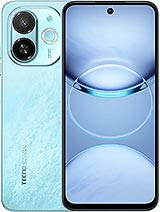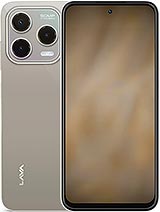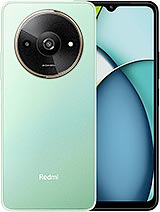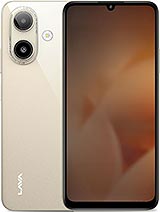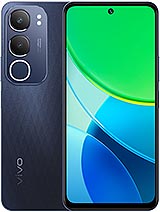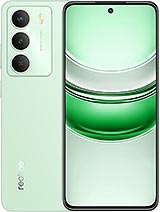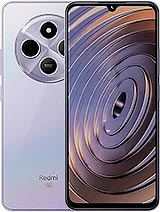Redmi A4 alternatives
Tap above to see alternatives.
Samsung Galaxy A14 alternatives
Tap above to see alternatives.
Samsung Galaxy A14
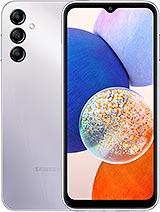
Samsung Galaxy A14
-
Exynos 1330
5 nm
-
5000 mAh
15W
-
6.6"
1080 x 2408 pixels
-
50 MP
1080p@30fps
-
Specs

2x2.2 GHz Cortex-A78
6x2.0 GHz Cortex-A55
2x2.4 GHz Cortex-A78
6x2.0 GHz Cortex-A55
4GB 128GB (UFS 2.2)
4GB 128GB (UFS 2.2)
6GB 128GB (UFS 2.2)
8GB 128GB (UFS 2.2)
f/1.8, (wide)
f/1.8, (wide), PDAF
2 MP
f/2.4, (macro)
2 MP
f/2.4, (depth)
f/2.2, (wide)
f/2.0, (wide)
SIM1: Nano, SIM2: Nano
SIM1: Nano, SIM2: Nano
FDD: N1, N3, N5, N8, N28
TDD: N40, N78
FDD: N1, N3, N5, N7, N8, N20, N28
TDD: N40, N41, N78
FDD: N1, N3, N5, N8, N28
TDD: N40, N78
FDD: N1, N3, N5, N7, N8, N20, N28
TDD: N40, N41, N78
In this performance comparison, the Redmi A4 with its Qualcomm Snapdragon 4s Gen 2 (4nm) performs better than the Samsung Galaxy A14 with the Exynos 1330 (5nm), thanks to superior chipset efficiency.
Both Redmi A4 and Samsung Galaxy A14 offer the same software support — 2 years of OS updates and 4 years of security updates.
Both Redmi A4 and Samsung Galaxy A14 use LCD screens. In terms of smoothness, Redmi A4 offers a higher 120 Hz refresh rate, ensuring fluid scrolling and animations. Redmi A4 also boasts a brighter screen with 600 nits of peak brightness, enhancing outdoor visibility. Notably, Samsung Galaxy A14 offers a higher screen resolution, resulting in sharper visuals and more detailed content.
Redmi A4 comes with a larger 5160 mAh battery, which may offer longer usage on a single charge. Redmi A4 also supports faster wired charging at 18W, compared to 15W on Samsung Galaxy A14.
Neither phone has an official IP rating for water and dust resistance.
- Redmi A4 – Check price here
- Samsung Galaxy A14 – Check price here
¹ Scores can vary even with the same chipset due to RAM, thermals, and software optimization.


